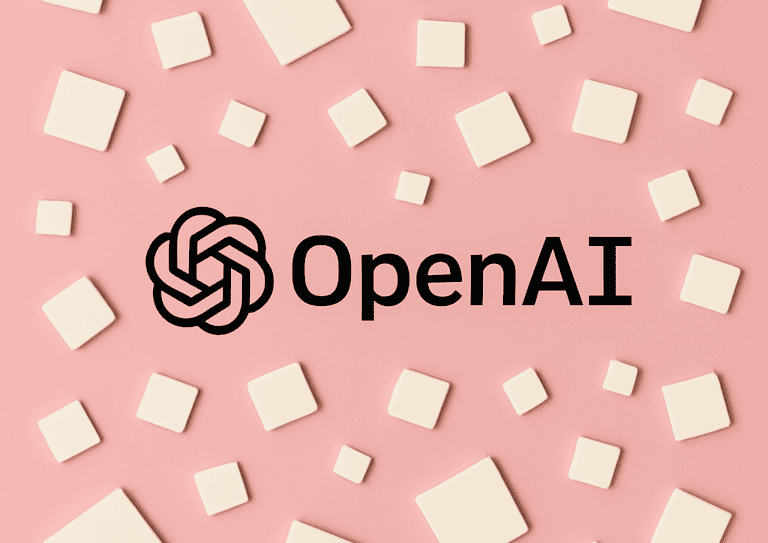A week ago, OpenAI’s latest GPT-4o image generator surprised many with impressive AI-generated text-to-image capabilities. Now, as promised, OpenAI CEO Sam Altman has announced that the feature is available for free, albeit with limitations.
Although OpenAI does not specify exactly how many images users can generate with the free subscription, Sam Altman reported last week that there would be a limit of three images per day. This is a significant limitation compared to the possibilities for paying users (five per hour), but it does offer an accessible entry point for people who want to experiment with AI image generation.
Enormous popularity
OpenAI’s image generation tool became enormously popular immediately after its launch. So popular, in fact, that Altman said the company’s GPUs were “melting” due to high demand. Users were able to create impressive images in various styles in a short period of time, which led to an explosion of shared generations online.
The generator does not use a ‘diffusion’ technique like its predecessor DALL-E 3 (which was already built into ChatGPT and has now been replaced) or its competitor Stable Diffusion. Instead, the model achieves the end result in a similar way to how 4o generates text. The transformer architecture continuously feeds in new generated information, building up the image from left to right and from top to bottom.
One of the strengths of GPT-4o is its ability to accurately represent multiple objects with specific properties and relationships. Where previous models had difficulty with the correct placement of 5 to 8 elements, GPT-4o can process 10 to 20 simultaneously, which significantly increases the complexity of the generated images.
The sudden rise in popularity of generating images in the style of the Japanese animation studio Studio Ghibli took over swathes of internet discussions boards. However, this also led to new discussions about copyright and the training data that OpenAI uses. This has been an unresolved issue since the rise of ChatGPT, and we’re nowhere near a consensus. The strong resemblance to the original Studio Ghibli style raises questions about how AI models deal with protected artistic expressions, even though there is no restrictive copyright on any particular style. OpenAI has previously stated that it will legally protect AI outputs if necessary, but no decision has yet come down to protect AI training data consumption for good.
Security measures
At any rate, OpenAI has also taken steps to improve the security of its image generation. All generated images are provided with C2PA metadata to guarantee transparency. This metadata helps to trace the origin of images, which is important in a time when distinguishing between AI-generated and real images is becoming increasingly difficult. The question is whether this ultimately offers a solution, since it is still possible to reproduce the image without including this metadata.
To protect and slow down users, OpenAI has developed an internal reasoning model that is trained on human safety guidelines. This model helps interpret and enforce policies around image generation, thus preventing misuse of the technology.
Also read: OpenAI announces GPT-4.5, its latest model to power ChatGPT
